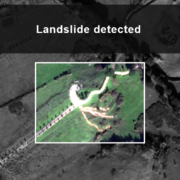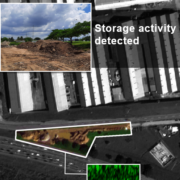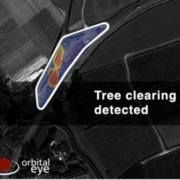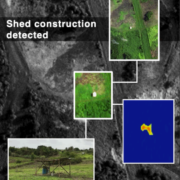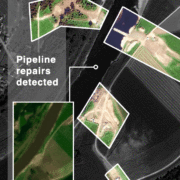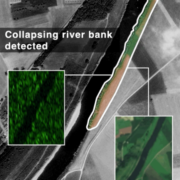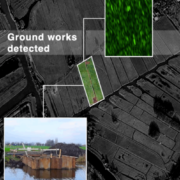TPI Tuesday – Landslide detected
Where most of the detections made by CoSMiC-EYE are detections of activities undertaken by human, the system also detects natural changes, like landslides. In today’s example of one of the detections made you can clearly see a landslide that caused a wash-out in the pipeline corridor. Such natural changes can pose a threat to the pipeline as well, as it can lead to a reduced depth-of-cover, or even to pipeline exposure.
By combining SAR-data and multi-spectral data, Orbital Eye is able to detect a variety of activities in the pipeline corridor, ensuring that our customers are aware all of potential dangerous activities, whether they are anthropogenic or natural!

